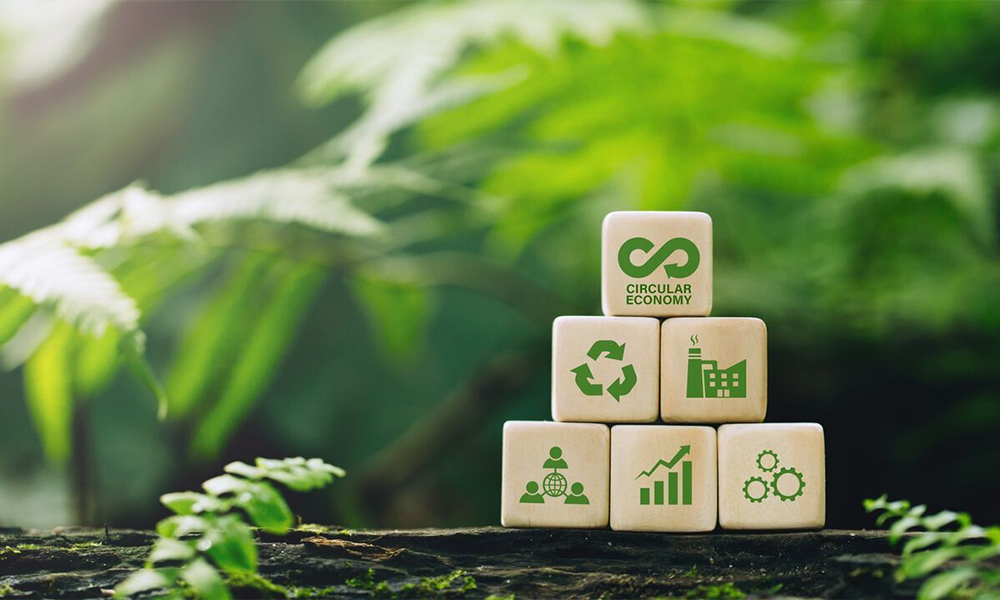In recent years, the concept of deconstruction has gained significant traction not only for its environmental benefits but also for its potential to unlock tax advantages and foster a burgeoning market for reclaimed materials. Unlike traditional demolition practices that involve bulldozing structures and sending debris to landfills, deconstruction entails the careful disassembly of buildings to salvage reusable materials.
The shift towards deconstruction is driven by a dual purpose: reducing environmental impact and maximizing economic benefits. This method offers a compelling solution by salvaging materials like wood, metal, bricks, and fixtures that would otherwise be wasted, providing ample resources for the reuse industry. These salvaged materials, often of high quality, find new life in construction projects, renovations, and artistic endeavors.
One of the most intriguing aspects of deconstruction is its potential for generating tax benefits. Several governments and municipalities have recognized the environmental value of diverting materials from landfills and incentivize deconstruction through tax breaks, credits, or deductions. For businesses or individuals engaged in deconstruction projects, these incentives serve as a crucial motivator, offsetting costs and making sustainable practices economically viable.
Moreover, the reclaimed materials obtained through deconstruction offer a distinct appeal to architects, designers, and builders seeking unique, eco-friendly alternatives. The authenticity and character of reclaimed materials not only contribute to the aesthetics of a project but also align with the growing consumer preference for sustainable, ethically sourced products.
The deconstruction movement is not limited to the construction industry; it extends its reach to various sectors, fostering innovation and creativity. Artisans, furniture makers, and craftsmen are among those leveraging reclaimed materials, infusing their creations with history and sustainability, thereby tapping into a market segment driven by conscientious consumers.
As this practice gains momentum, it's crucial to recognize its multifaceted impact. Deconstruction not only aids in waste reduction and the preservation of resources but also nurtures an entire ecosystem of economic opportunities. It catalyzes job creation, stimulates local economies, and contributes to a circular economy where materials are continually repurposed and reused.
However, challenges remain, including logistical complexities, regulatory frameworks, and broader adoption across the industry. Overcoming these hurdles requires collaborative efforts between stakeholders, policymakers, and communities to streamline processes and amplify the benefits of deconstruction.
In essence, the synergy between deconstruction, tax benefits, and the burgeoning reclaimed material industry presents a promising path toward sustainable development. By incentivizing responsible practices and fostering a market for reclaimed materials, we not only mitigate environmental impact but also lay the groundwork for a more resource-efficient and resilient future.
In embracing deconstruction as a catalyst for change, we unlock not just tax advantages but a wealth of opportunities to reimagine our approach to construction, design, and environmental stewardship.


